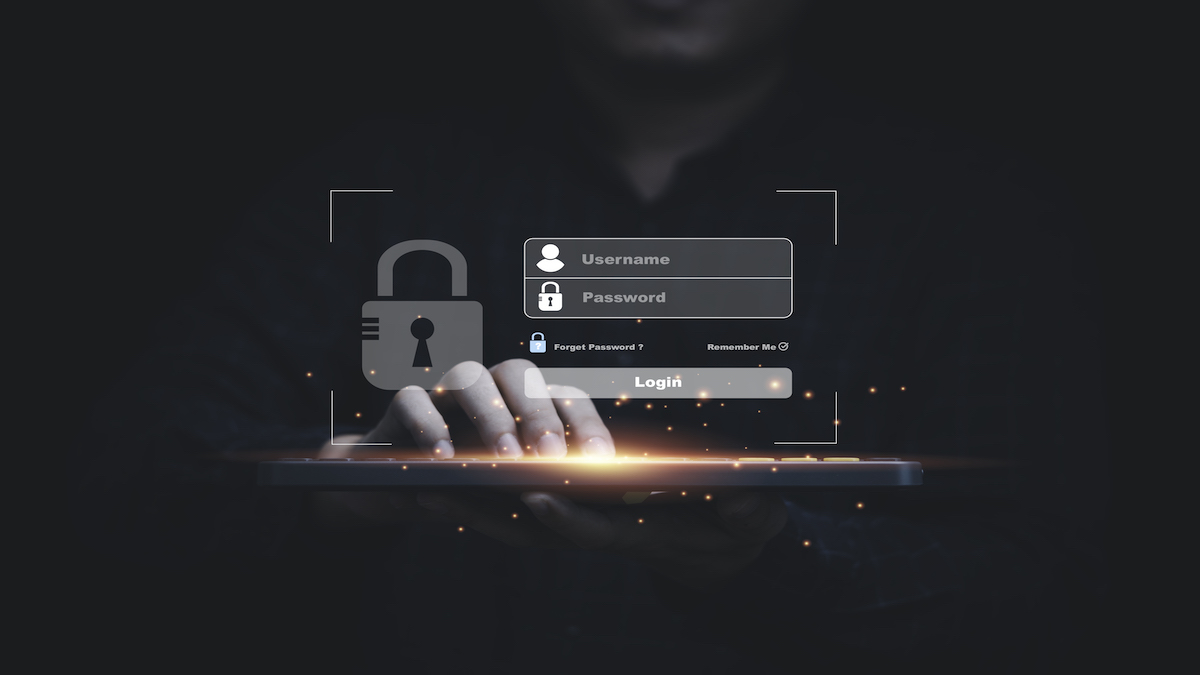A data breach is an incident where unauthorized parties access and extract sensitive, protected information. The effects are diverse and substantial, ranging from financial losses and damage to reputation to potential legal repercussions. Given the ever-changing nature of data breaches, a thorough and insightful threat analysis becomes indispensable.
Types of Data Breaches
When talking about data breaches, they can be broadly divided into three categories based on their attack vectors. First, insider threats involving malicious actors within an organization, accessing information they shouldn’t. One prominent example is the SunTrust incident, where an insider threat compromised data of 1.5 million customers.
Secondly, external attacks, where hackers target system vulnerabilities or exploit software loopholes, are common. The infamous WannaCry ransomware that wreaked havoc globally is a vivid instance.
Lastly, unintentional exposures caused by human errors or misconfigurations also constitute a sizeable number of data breaches. A case in point is the First American Financial Corp. breach, where 885 million records were accidentally exposed.

Motivations Behind Data Breaches
Data breaches often fulfill different motives of attackers. Many intrusions are financially driven, with stolen data sold on the dark web or used for extorting victims. LinkedIn’s data breach in 2016 resulted in selling millions of stolen user credentials on the dark web.
For some, intellectual property theft or causing disruption to competitors through espionage is the end goal—exemplified by the Sony Pictures Breach in 2014.
Increasingly, ideological agendas are driving data breaches. Dissidents, activists, or protestors often leak sensitive information to express dissension. The hacktivist group Anonymous is known for such activities.
Tactics are evolving to include sophisticated social engineering tactics, ransomware, and the use of zero-day exploits.
Impact Analysis
Proportional to its type, the potential consequences of a data breach are massive. At the individual level, it ranges from identity theft, financial fraud, loss of privacy, and emotional distress. According to a report by Javelin Strategy & Research, 16.7 million people in the US were victims of identity fraud in 2017.
For organizations, repercussions could span financial losses, reputational damage, operational disruptions, and legal liabilities. The Ponemon Institute states that the average cost of a data breach in 2020 was $3.86 million, a figure not factoring the attendant reputational damage.
The societal impact is an erosion of trust in digital ecosystems, increased cybercrime prevalence, and raised national security concerns.

Current Landscape and Trends
Emerging threats include cloud-based attacks, as vulnerabilities in cloud infrastructure and applications are exploited. Also, Internet of Things (IoT) is targeted, with breaches harvesting data or deploying botnet attacks on connected devices. Ring camera breaches stand as evidence of this trend.
Artificial Intelligence (AI) has also found misuse, serving to automate hacking processes and evade detection, making the cybersecurity landscape more intricate. Current cybersecurity measures, though constantly upgrading, are challenged to keep up with these evolving threats.
Mitigation Strategies and Future Directions
On the path towards enhanced data security, one must visualize concrete measures like investing in robust cybersecurity infrastructure and tools. Data encryption and strategic access control measures need to be implemented. Essential is the continuous training of employees on cybersecurity awareness, phishing prevention, and information on emerging threats.
The role of international cooperation cannot be understated in combating cybercrime. Regulatory frameworks need to be established and adhered to, globally. Cybersecurity is a field that demands continuous learning and innovation, keeping pace with the proliferation of threats.
Conclusion
Data breach threat analysis criticality cannot be overstated for organizations and individuals alike. Creating a more secure digital future requires a proactive and collaborative effort. As we come to understand the scale of data security, a question persists: What further steps can and should be taken to build more secure digital ecosystems that foster trust and safeguard privacy?
As we evolve in the digital age, so should our approach to data security. It’s not just about protection, but about building resilience in a world where data breaches may be inevitable.









